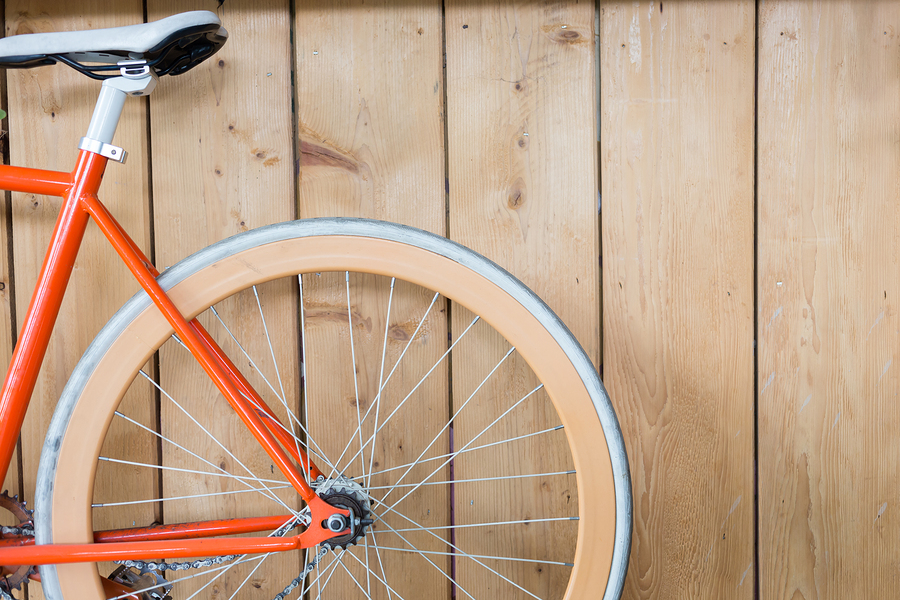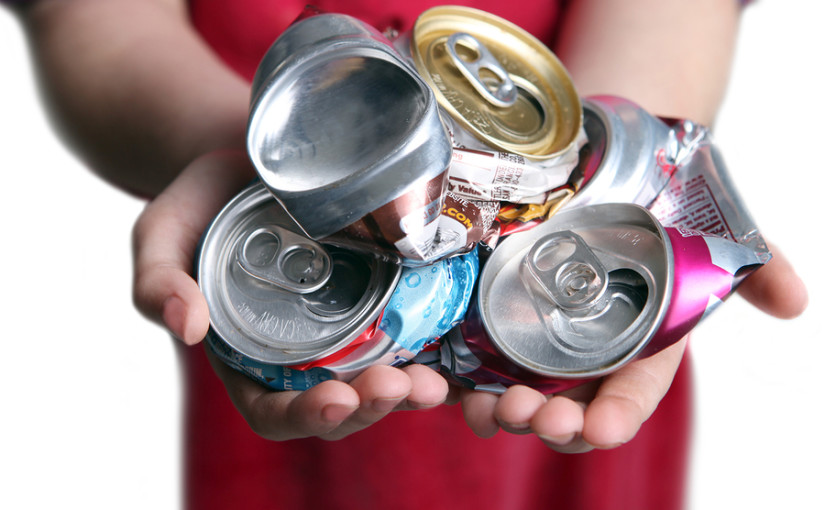We all know that it is important to recycle (and even better to reuse, removing the need to recycle altogether). However, have you ever thought about what happens to the things you recycle once they leave your house or business premises, and what they get turned into once recycled? Focus is always on how important it is to recycle what you can, but not so much on what your waste gets recycled into. Today we thought we’d share that information with you, as it’s pretty interesting. What will the next glass bottle you send for recycling be turned into? How about that can that used to house the baked beans you had with your lunch? Prepare to be surprised.
My waste is now what?
- Newspaper is recycled into newspaper again within just one week! It is also used to make paper plates, cat litter, egg cartons, and other similar paper goods.
- Magazines are recycled into paperboard (the type used for food packaging, including cereal boxes) and newspapers.
- Paperboard is recycled into new paperboard, paper towel rolls, toilet rolls, and the backing on roofing shingles.
- Paper (notebook/printer) is recycled into new paper, toilet paper, kitchen paper, tissues, loft insulation, and napkins.
- Cardboard is recycled into new cardboard, paperboard and paper bags.
- Tin cans (which are made from steel coated in tin) have to be split into two metals again and then they are recycled into new cans, car parts, bicycle parts, airplane wings, steel beams, and household appliances.

- Aluminium is easily recycled and never reduces in quality with each meltdown. Due to this, aluminium drinks cans are mostly recycled into new drinks cans, and can be back on the supermarket shelves within just 8 weeks. Aluminium cans can also be recycled into bicycle parts, building facades, and airplane parts. Did you know: 75 per cent of the aluminium produced since 1888 is still in use today, albeit in different forms!
- There are two types of plastic bottle: PET and HDPE. PET plastic bottles are recycled into new plastic bottles, plastic packaging for food and cleaning products, and polyester for clothing, upholstery and carpets. PET can also contribute to the manufacture of sleeping bags and backpacks. HDPE plastic bottles are recycled into sturdier items such as patio furniture, benches, building materials, car mats, buckets, events venue seating, and recycling bins.
- Glass bottles are recycled into new glass bottles, glass sand, fibreglass, flooring, kitchen worktops, tiles, and bricks. 100 per cent of your glass bottle is recycled.
- Drinks cartons are pulped and then recycled into cardboard boxes and tissue paper. 80 per cent of your original drinks carton is recycled into the new products.
So there you have it. Happy recycling!
Featured image credit: tobkatrina
